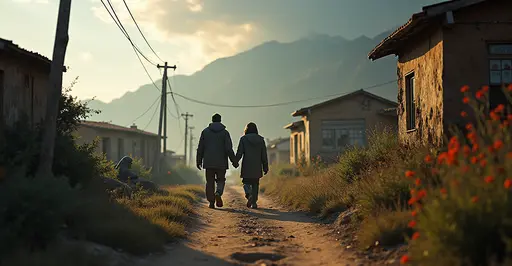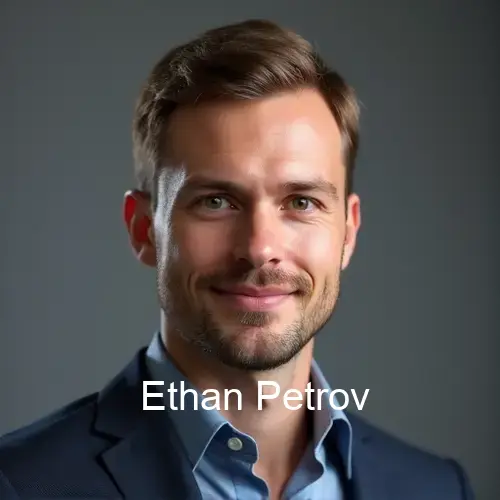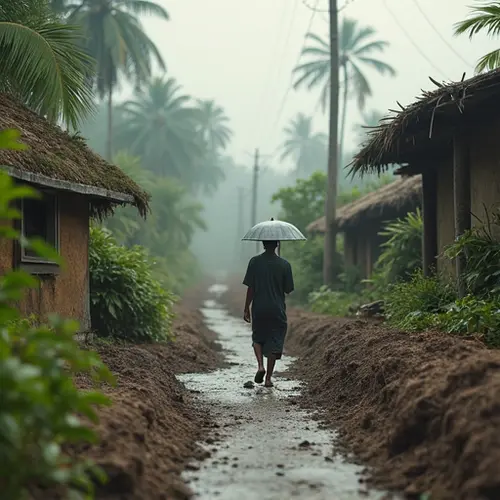
Historic Climate Finance Agreement
COP29 in Baku concluded with a landmark deal to triple climate finance for developing nations, increasing funding from $100 billion to $300 billion annually by 2035. This New Collective Quantified Goal (NCQG) aims to help vulnerable regions withstand climate disasters while transitioning to clean energy. UN Climate Change Executive Secretary Simon Stiell called it "an insurance policy for humanity" that requires timely premium payments through fulfilled commitments.
Adaptation Takes Center Stage
The conference prioritized climate adaptation strategies through the Baku Adaptation Road Map. This framework accelerates implementation of National Adaptation Plans (NAPs), particularly for Least Developed Countries and Small Island Developing States. The agreement establishes a support programme for NAP formulation and implementation, with all countries required to submit updated plans by 2025.
Carbon Markets and Transparency
After years of deadlock, COP29 operationalized carbon markets under Article 6 of the Paris Agreement. The newly established Paris Agreement Crediting Mechanism includes mandatory environmental and human rights safeguards. Meanwhile, 13 countries submitted inaugural Biennial Transparency Reports, creating stronger evidence bases for climate policy improvements.
Addressing the Adaptation Gap
The UNEP Adaptation Gap Report 2024 revealed a $187-359 billion annual shortfall in adaptation financing. While international public adaptation finance increased to $28 billion in 2022, this covers less than 10% of needs. The report urges "anticipatory, strategic and transformational adaptation" rather than reactive project-based approaches.
Indigenous Leadership Recognized
COP29 adopted the Baku Workplan, elevating voices of Indigenous Peoples through the Local Communities and Indigenous Peoples Platform. The decision acknowledges their leadership in climate solutions and ensures free, prior, and informed consent for carbon projects affecting their territories.

 Nederlands
Nederlands
 English
English
 French
French
 Deutsch
Deutsch
 Espaniol
Espaniol
 Portugese
Portugese








